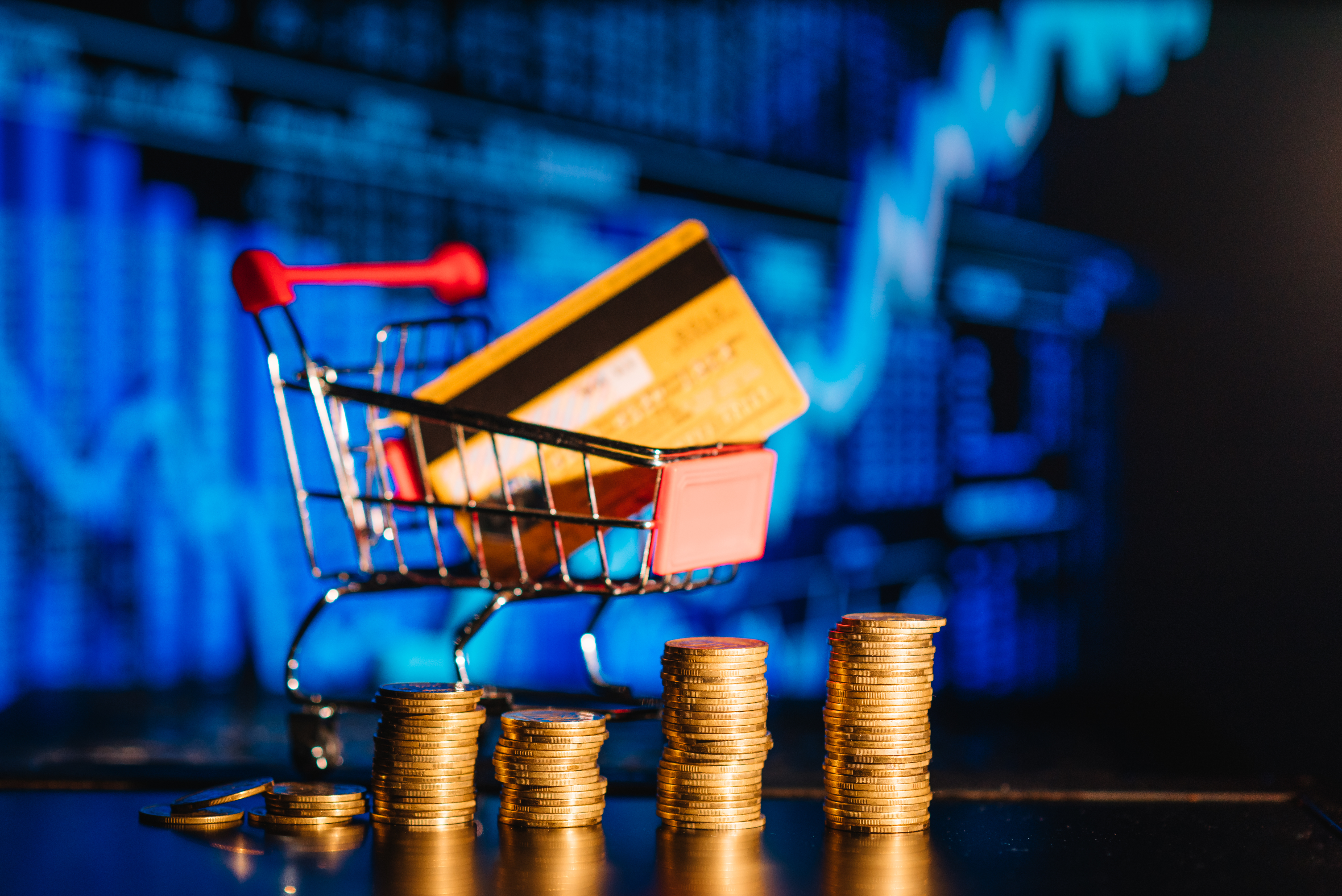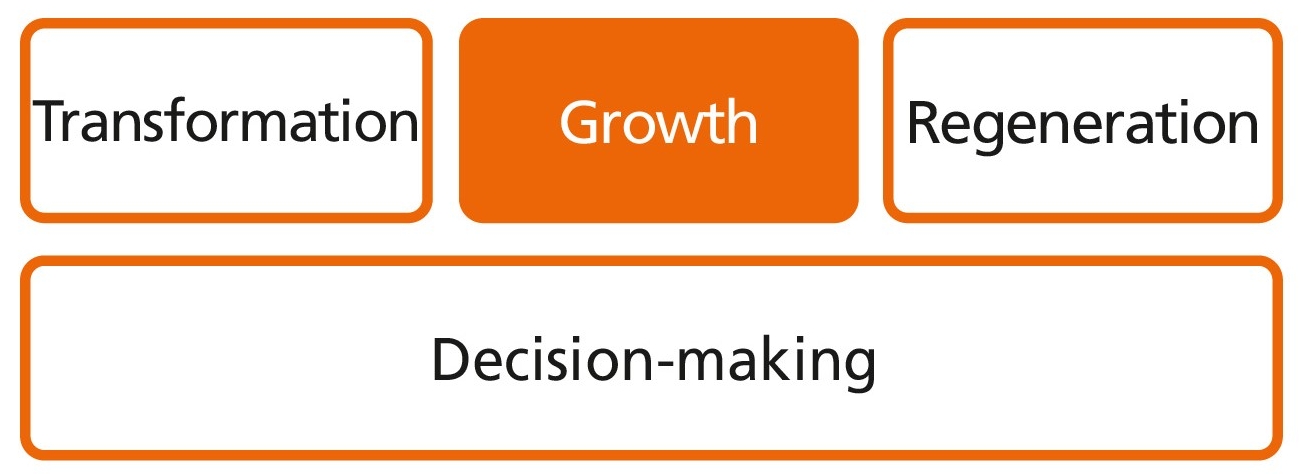What is the challenge?
Price is a major lever for a company’s profit. Price changes directly affect profit margin. Thus, an increase or decrease in price has a greater impact on profit than an increase or decrease in sales of the same percentage. Furthermore, new customers can be won and market share increased through price. Companies therefore have a great interest in applying an optimal pricing strategy. There is often little or no experience with new products and services. This leads to great uncertainty when setting prices. At the same time, pricing is becoming a complex task due to increasing price transparency through the internet and price pressure in many industries, for example from international competitors.



